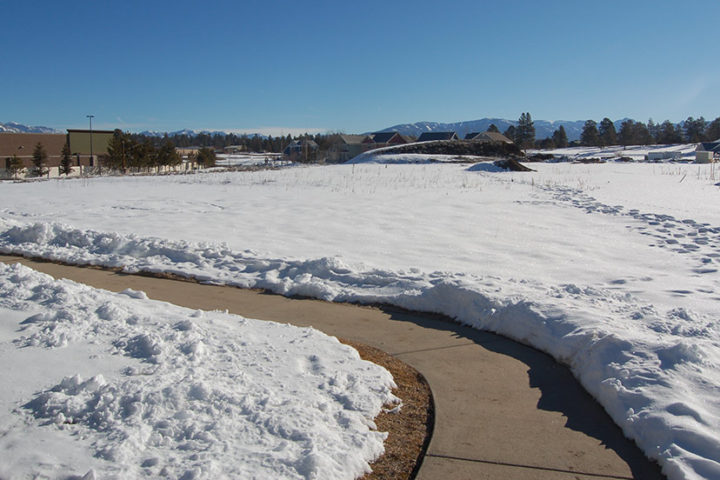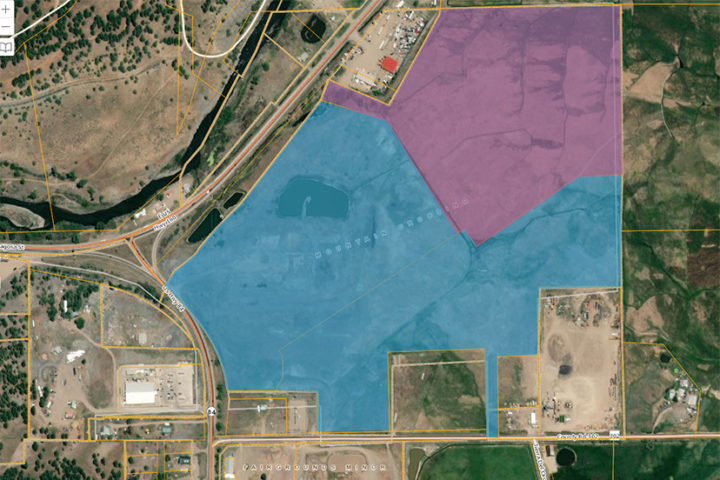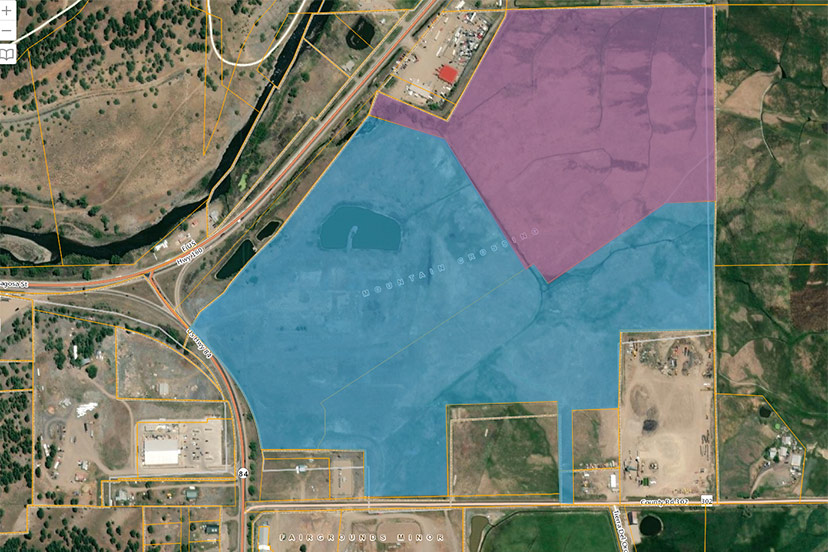It is critically important that owners are fully aware of the purpose of the Association and why one buys into such. The key factor is to protect property values by creating community guidelines by which all stakeholders operate. These governing criteria are what keeps communities like PLPOA aesthetically pleasing, focused on desired amenities and maintaining and enhancing property values…
— from the Pagosa Lakes Property Owners Association 2020 Strategic Plan
Once upon a time, a house was — for most people — a place where you lived and raised a family, or entertained the grandchildren when they visited.
This cultural pattern is strongly at odds with the purpose of the Pagosa Lakes Property Owners Association, and with local governments generally. The key purpose of the PLPOA is to maintain and enhance property values. That is to say, the association was created to purposefully drive up the cost of housing, because homes are no longer merely places to live — homes and vacant land are now ‘investments’ that are meant to appreciate in value.
This was not always the case, in America.
Here’s an image that illustrates a cultural shift that took place in the late 1990s.

For the graph above, author “PK” at investment website DQYDJ.com combined data from the National Association of Realtors, Robert Shiller’s Existing Home Sale Index, and FHFA’s Existing Home Sale Index. The blue line indicates the sale price of an average U.S. home between 1953 and 2019.
The green line adjusts those sale prices for inflation, using the consumer price index. Between 1953 and 1970, the actual price of a ‘median’ home (the blue line) barely changed — going from about $18,000 to about $25,000. These were times in America when a home was a home, rather than an investment tool.
After 1970, the actual price increased substantially, but there was very little increase in adjusted value, after allowing for inflation (the green line.) This was a period inflation and repeated recessions and recoveries. And uncertainty.
In about 1997, the dynamics of home pricing changed dramatically, heading sharply upwards in terms of both actual price and adjusted value. The real estate market crashed in 2008 and then rebounded in 2012 and headed for the stratosphere, in both price and value.
As American homes transitioned from a family’s shelter to a speculator’s investment, it became nearly impossible for a working family to afford a house in a low-wage, tourism economy like we have in Pagosa Springs.
This trend was already very evident in 2017, when Aspen Village Ventures LLC submitted a Rezoning Application for a proposed housing tract in Aspen Village. The rezoning, as requested, would have allowed a mix of town homes and apartments, making use of already-installed utilities.
According to the application, Pagosa Springs was suffering a serious housing crisis, which this project would address directly.
Three groups at Town Hall — the employees at the Planning Department, the volunteers on the Planning Commission, and the stipend-funded Town Council — reviewed the application, one after the other, and determined that rental apartments should not be allowed. Such a project might threaten the investments made by adjacent property owners.
The disappointed developers subsequently walked away from a project that would have provided 55 units of workforce housing.
Here’s what the property looks like, five years later.

What can we conclude from the Town government’s refusal to approve a workforce housing project in the midst of a housing crisis? Apparently, our Town government, in 2017, was more interested in “maintaining and enhancing property values…” than in facilitating homes for the people who keep our economy running.
But the story doesn’t end there. A couple of years later, a local realtor contacted the Town Planning Department, offering this same 3-acre property to the Town, at a discounted price.
The Planning Department could have shared this proposed deal with the Town Planning Commission and with the Town Council. But the information was never shared with our elected and appointed leaders.
I suppose I could apologize for writing twelve Daily Post installments on the subject of a potential ‘workforce housing’ project at the east end of downtown Pagosa Springs. The Town staff have already submitted a grant application to the Department of Local Affairs (DOLA), proposing to use $3 million of taxpayer funding to purchase property adjacent to the utterly vacant Mountain Crossing subdivision, and to begin installing streets and other expensive infrastructure in yet another subdivision.
As I look at the map, at a property that has no access, currently to Highway 160 nor to Highway 84, it looks to me like the Town would have to construct at least one street through the privately-owned Mountain Crossing subdivision, shown in blue in the map below. Building streets for private subdivision developers is not a typical use of taxpayer money.

The grant language was never reviewed by the Town Planning Commission — theoretically, the appointed citizen representatives who advise our municipal government on the best ways to build out our community. The Planning Commission was not even told about the project until the grant had already been submitted.
The Town Council discussed this project behind closed doors, with Town staff, but no details of the plan have been shared with the public.
Previously in this editorial series, back in Parts Five and Six, we discussed a messy, city-driven development project in Salida, Colorado, that I reported on about back in 2013. That development project was also planned and handled largely behind closed doors.
I have to agree with the City’s administrator, Dara McDonald, when she said at a public meeting, ““Probably not best that we’re in the development business. There probably was a better way. There have been mistakes made along the way. We worked diligently to fulfill this purpose that was laid out for us. Could we have been more transparent? Most likely. Should we have held more meetings like this? Absolutely…”
From my perspective, there are at least four reasons why a municipal government should not operate in secret.
1. Colorado law, 24-6-401, states, “It is declared to be a matter of statewide concern and the policy of this state that the formation of public policy is public business and may not be conducted in secret.”
2. Open discussions about the expenditure of taxpayer money can allow the public to share information and suggestions that the Town leadership may not have considered.
3. Secret meetings and secret decisions by people in positions of power naturally generate unwarranted (or warranted) suspicions among the citizens, related to incompetency and/or corruption.
4. Potentially negative outcomes can become apparent when a project is discussed openly by people with divergent perspectives.
Whether our Town government can now commit itself to a transparent process, regarding grant funding from DOLA, remains to be seen.

